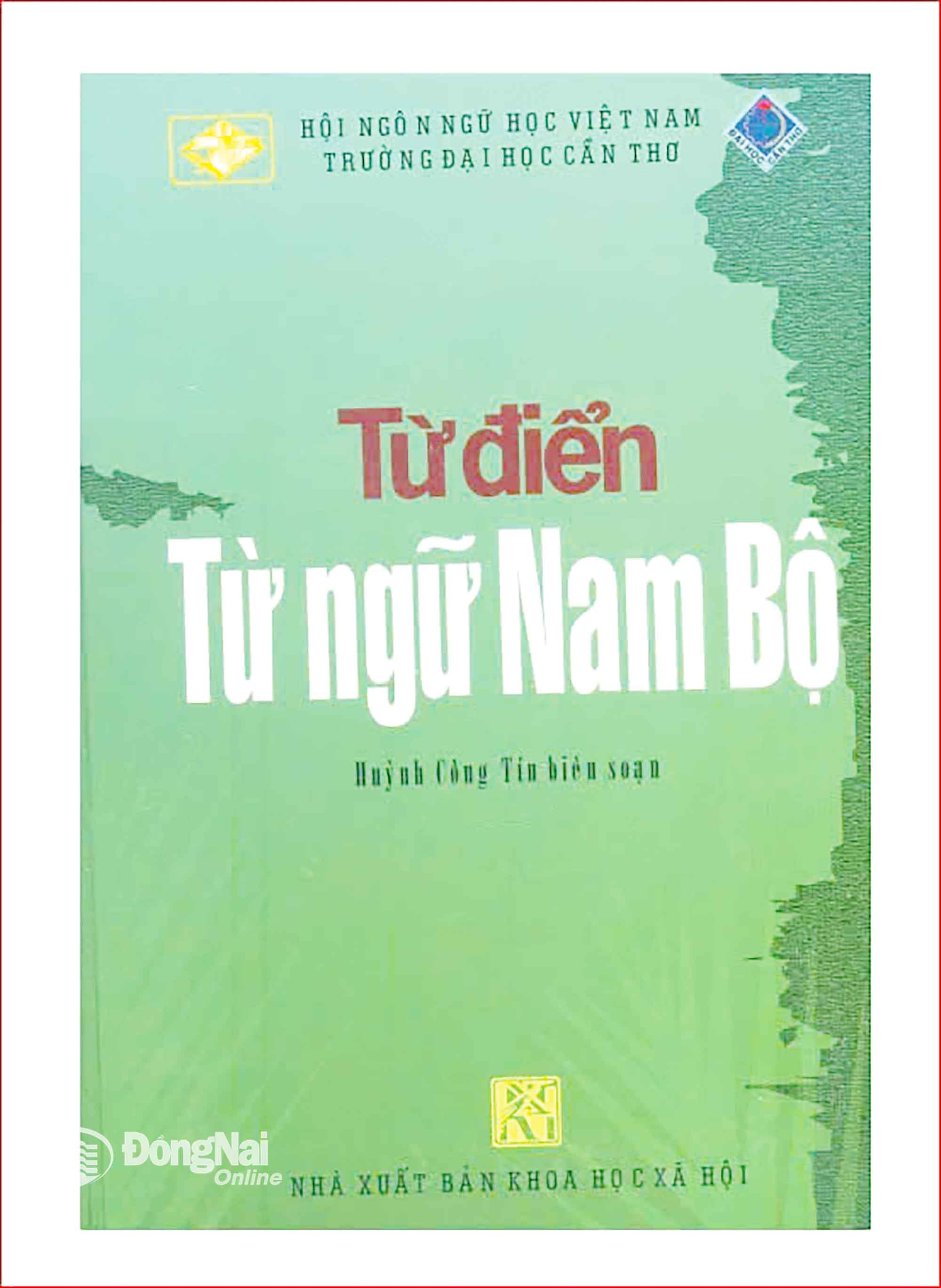 |
| Southern Vietnamese Dictionary published by Social Sciences Publishing House. |
Nowadays, the South is a region with dynamic economic , scientific and technological development, with rapid cultural exchange and assimilation, but the Southern language is not fading away. Therefore, paying attention to teaching and learning Southern vocabulary is a necessary thing to do, it is a way to preserve and promote the unique cultural capital of the South in the context of integration.
According to researcher Huynh Cong Tin in his work Southern Vietnamese Word Dictionary, published by Social Sciences Publishing House in 2007, Southern Vietnamese words are basically the words of the Southern region belonging to the following classes: the original Southern Vietnamese word class (words unique to the Southern dialect, not found in other dialects; words reflecting the life of the people of the Southern region that have been imported into the national vocabulary or are originally national words but reflect the private life of the Southern people; words spoken by the Southern people out of habit...); the Southern Vietnamese word class originating from the Central dialect; the Southern Vietnamese word class originating from national words...
As a region with an area of over 64 thousand km2 (accounting for 19.4% of the country's area), with a population of over 35 million people (accounting for over 36.7% of the country's population), the South has its own unique and distinctive culture and language that cannot be ignored. That is, learning and teaching Southern words and languages to students in the Southern region is a very practical requirement not only in education but also in culture and society.
In fact, Southern words and phrases have their own unique characteristics, reflecting the geographical characteristics and lifestyle of the people here. In the land of rivers, people travel by boat, so this "applies" to the language quite uniquely. For example, when talking about water levels, people in my hometown have very special words. The water is low, then the water is still, then it gets bigger, and after a while it gets full (a mark, a water mark when the water is high, filling the canal). Then the water stops and starts to ebb, sometimes (during the low water season) the water is shallow, meaning there is still water, boats and boats cannot row but can use poles to move; but sometimes the water is close, meaning "close to the bottom", or the water is very shallow, meaning there is only a small amount of water left in the middle of the stream. Even shallower is the water level, meaning almost dry. In this season, when the water is high, it is only stagnant water, meaning the water rises slowly and does not fill up, only about 2/3 of the canal, ditch, then stops (stands still), does not flow in more but also does not rush out! Of course, we only talk about the water in the canal, ditch, but in the river, it is rare to have all of those phenomena, even though high and low water are still clearly seen. When the flood season comes, everything is the opposite. Almost like water from somewhere gathers to flow back, creating the phenomenon of pouring water, but too much water pours, creating flooding, rising water, and even more causes floods. Sometimes, the water pours so fast that it is called jumping water, even jumping and crawling, because the water seeps up the banks, up the foundations of houses, up the mounds, up the roads... It takes a few days for the water to recede, and then until the next flood (full moon or 30th) the cycle repeats. Water levels like this are often “praised” as running water, because people set traps, set traps, open dams, spread nets… and all are successful (running).
To travel on canals and streams, even on rivers, outside the estuaries, people in the West use canoes, sampans, boat boats, and sometimes even ferries... There are sampans and three-leaf canoes; large ones have ten-beam canoes, slightly smaller ones have nine-beam canoes, and even smaller ones have eight-beam canoes, commonly called bong canoes; boats include bau (round-ribbon) canoes, be (round-ribbon) canoes, fishing (crawler) canoes, cui (round-ribbon) canoes, door (round-ribbon) canoes, gantry (round-ribbon) canoes, long (round-ribbon) canoes, and ngo (round-ribbon) canoes...
Besides, there are words and ways of using which, if not carefully studied, can be misunderstood, misused, or written incorrectly. For example, in the following sentence, many people will misunderstand if they do not learn about the customs and language of the Southern people: "When arriving, seeing Van sitting and selecting rice, he asked: "Why haven't you cooked rice yet?". "Selecting rice" in the South is often understood as selecting rice grains that have not been completely husked or the husks still mixed in the rice. And "rice" is not rice like in the outside world. Similarly, singing "mui" with Southern people will be understood differently from some dictionaries that have explained and from here, it will also open up to understand more about a unique type of music and theater of the Southern people, which is Don Ca Tai Tu and Cai Luong.
The South is a new land, a place where many cultures intersect such as: Vietnamese, Khmer, Chinese, later also French, Malay, Indian... so the culture in general and language have a lot of adaptation, blending, intertwining, creating very interesting unique features. Learning the words and language of the South will certainly help you understand more about the people here, from there you will love this land more, which is also loving the country.
More Vietnam!
(1): In this article, Nam Bo is used to refer to the land including the Southeast region (including present-day Ho Chi Minh City) and the Southwest; socially, Nam Bo roughly refers to the land from Dong Nai (new) southward to Ca Mau.
Nguyen Minh Hai
Source: https://baodongnai.com.vn/dong-nai-cuoi-tuan/202511/net-doc-dao-cua-tu-va-ngu-nam-bo-b61014f/





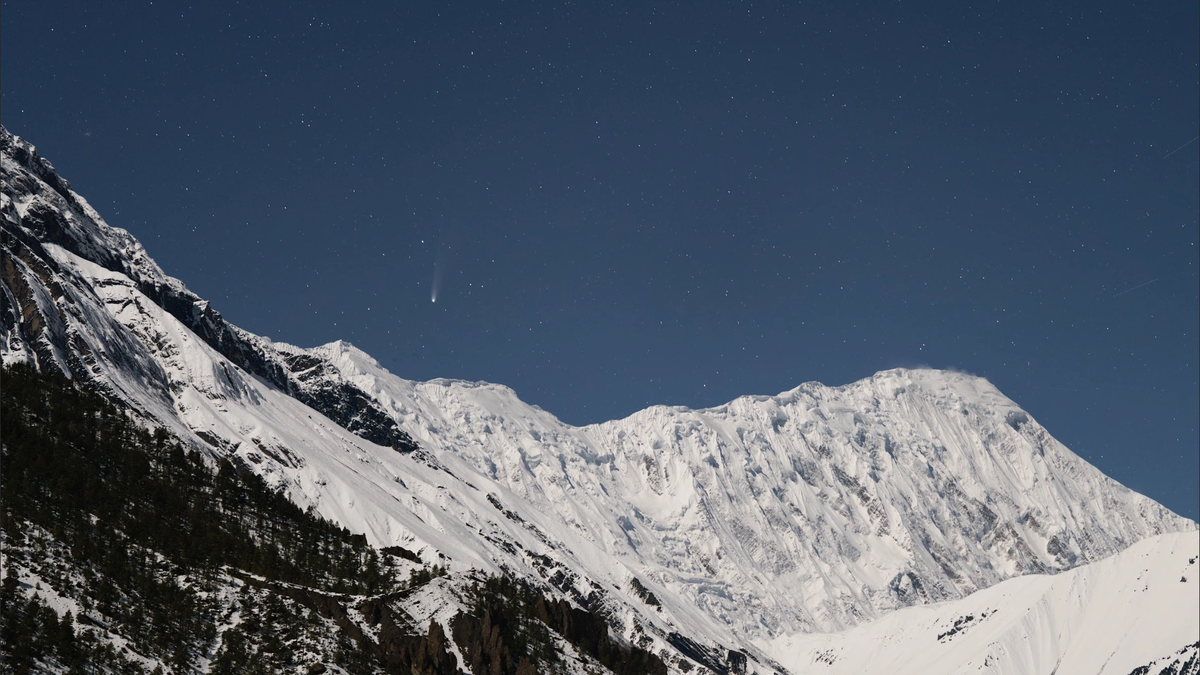


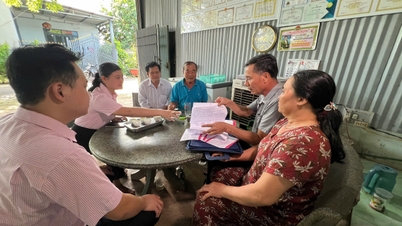



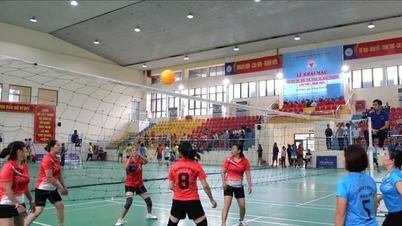

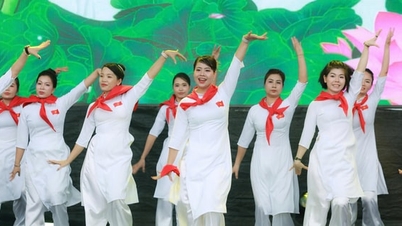






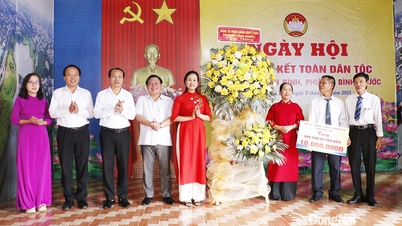



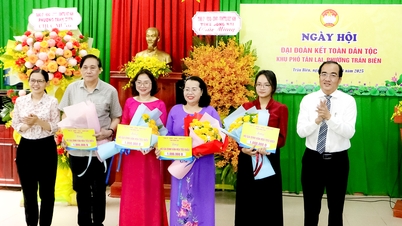
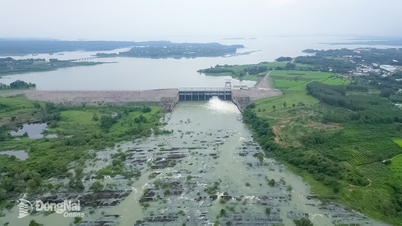






































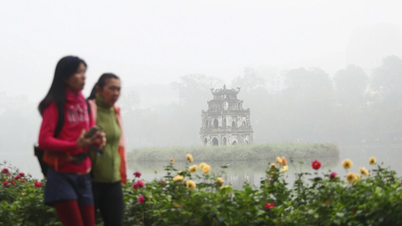











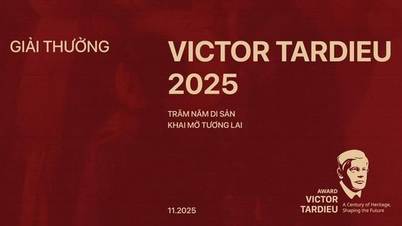



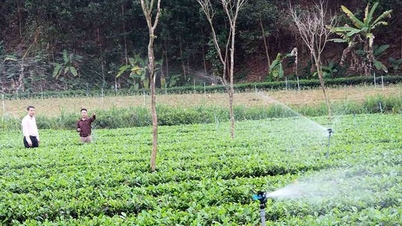





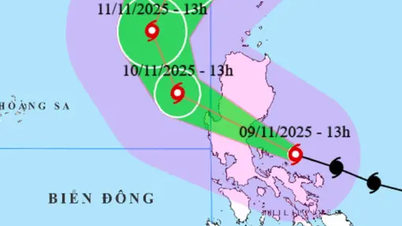



![Dong Nai OCOP transition: [Part 2] Opening new distribution channel](https://vphoto.vietnam.vn/thumb/402x226/vietnam/resource/IMAGE/2025/11/09/1762655780766_4613-anh-1_20240803100041-nongnghiep-154608.jpeg)









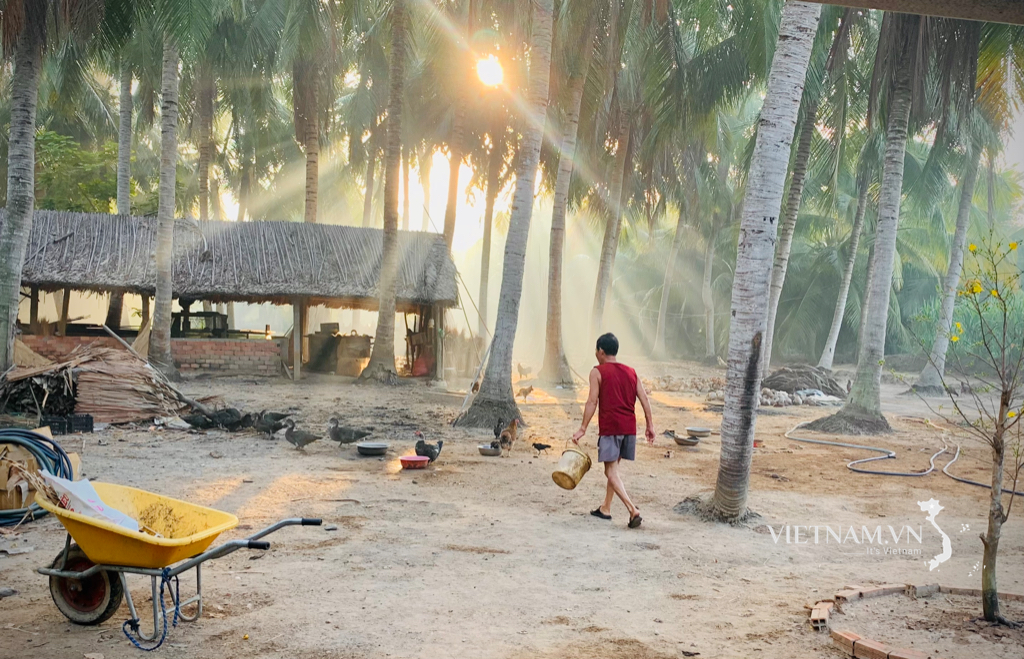

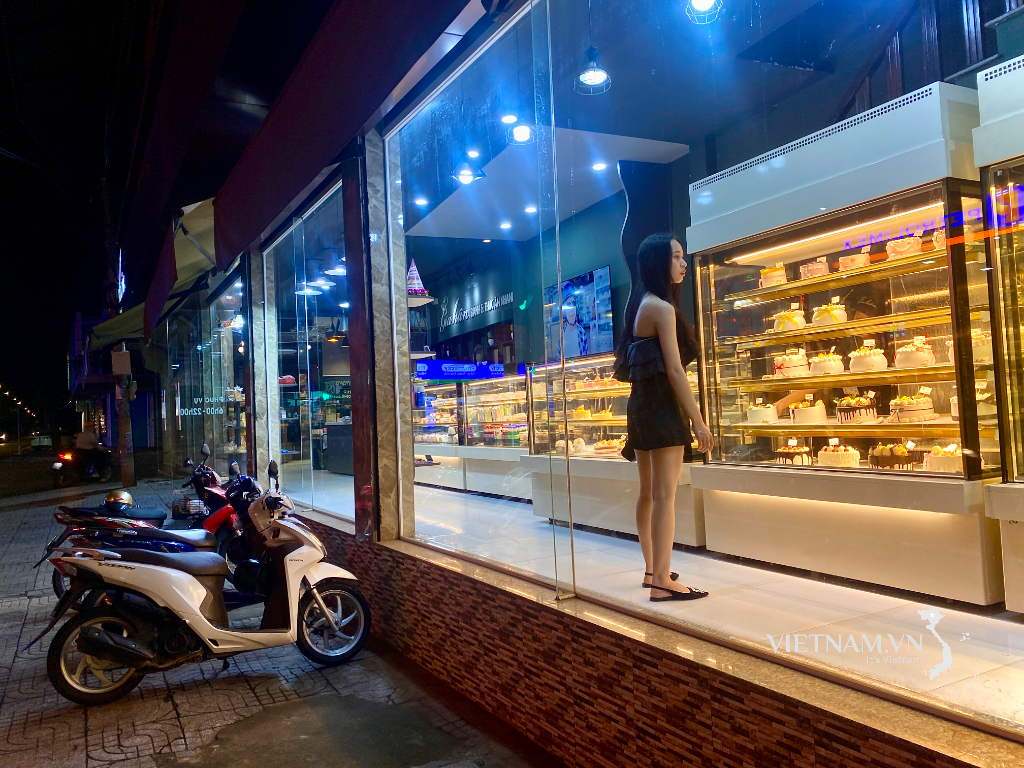

Comment (0)